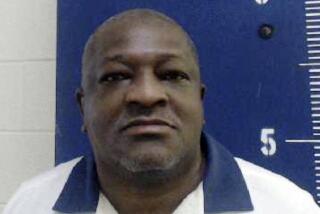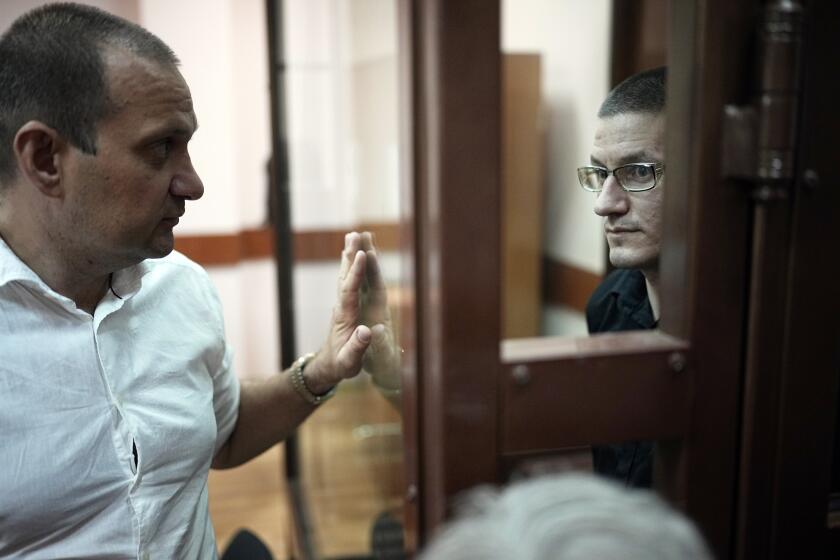Georgia stops planned executions after lethal drug found ‘cloudy’
The Georgia Department of Corrections said Tuesday that it will delay a pair of scheduled executions after officials became concerned with the condition of the drug that was to be used in the execution of Kelly Renee Gissander on Monday night.
In a statement issued Tuesday, the Department of Corrections said it would postpone the executions of Gissander and convicted murderer Brian Keith Terrell out of “an abundance of caution” after the drug that was to be used in Gissander’s execution “appeared cloudy” hours before she was to be put to death.
Gissander, 46, is the lone woman on Georgia’s death row and would be the first woman executed in the state in 70 years. She was sentenced to death in 1998 for the murder of her husband, Douglas, who was abducted and stabbed to death in a plot carried out by Gissander and her boyfriend.
She was set to be executed at 7 p.m. local time Monday, after the state parole board denied an appeal for clemency.
The execution was initially delayed, though no formal reason was given, and the U.S. Supreme Court was also considering an appeal of her sentence hours after the set execution time, according to a report from the Associated Press.
Late Monday, the Department of Corrections said it decided to delay the execution after prison doctors noticed the drug “appeared cloudy,” even though it had passed independent testing from an outside lab only hours earlier.
In 2012, Georgia began employing the sedative pentobarbital in executions, changing from the three-drug cocktail that had been previously used. A spokeswoman for the Department of Corrections declined to answer additional questions about the drug set to be used in Gissander’s execution.
It is unlikely that the cloudy nature of the solution to be used in Gissander’s execution was a sign that the drug was deteriorating in any way, said Steven Marcus, a medical doctor and director of New Jersey’s poison control center. Rather, the “cloudy” appearance could be a sign that the drug was exposed to a temperature change, most likely an increase in heat near the vial to be used in the injection.
“Generally speaking, you don’t like to give cloudy solutions to anybody because it’s not dissolved properly, and if it’s not dissolved properly, it may not go into the tissues as well,” Marcus said.
Defense attorneys and civil rights advocates have mounted a series of legal challenges in the last year to gain more information on the drugs used in lethal injections after a series of botched executions left death row inmates gasping for air and in obvious pain as their executions turned into prolonged affairs after some of the newer drug cocktails failed to work properly.
The issue surrounding the drug to be used Monday night also delayed the execution of Brian Keith Terrell, who was to be executed on March 10. Terrell was sentenced to death for the 2001 robbery and murder of John Henry Watson.
Opposition to Gissander’s execution was mounting before corrections officials discovered an issue with the drug. Supporters say she has served as a pastor behind prison walls and has become “a powerful voice for good” in the nearly two decades she has been incarcerated. A petition calling for the state to commute her sentence to life without parole has garnered more than 80,000 signatures on Groundswell.
Los Angeles Times staff writer Ryan Parker contributed to this report.
Follow @JamesQueallyLAT on Twitter for breaking news.
More to Read
Start your day right
Sign up for Essential California for news, features and recommendations from the L.A. Times and beyond in your inbox six days a week.
You may occasionally receive promotional content from the Los Angeles Times.






